Airline Bike Box Fees 2019
The cycling world (and our Reader Forum) have been active lately, trying to make sense of the latest airline baggage fees for bicycles carried in bike boxes. In short, several of the major airlines have lowered their fee schedules for bicycles, large sports equipment, and musical instruments. We did some digging and have gathered the most up-to-date information from many of the most popular U.S. airlines.
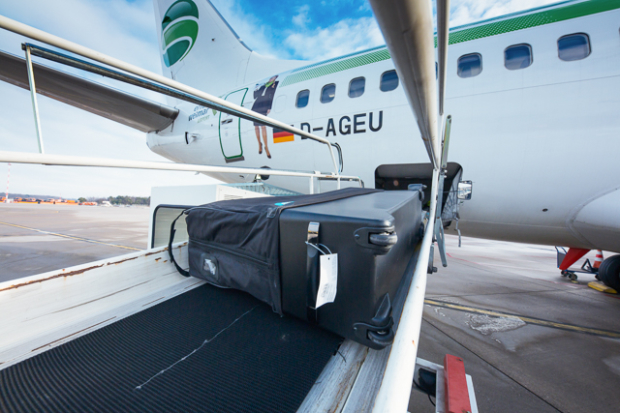
Photo © B&W International
The dimensional limit your bags has traditionally been a maximum of 62 linear inches (length + width + height), along with a 50 pound weight limit (up to approx. 70 pounds for some airlines when you have sufficient miles or status). In the past, this meant that the only way to get around an excess baggage fee was to use a bike outfitted with S&S couplers (or a similar specialty frame), and to break the bike down into a special case that just fits within those limits.
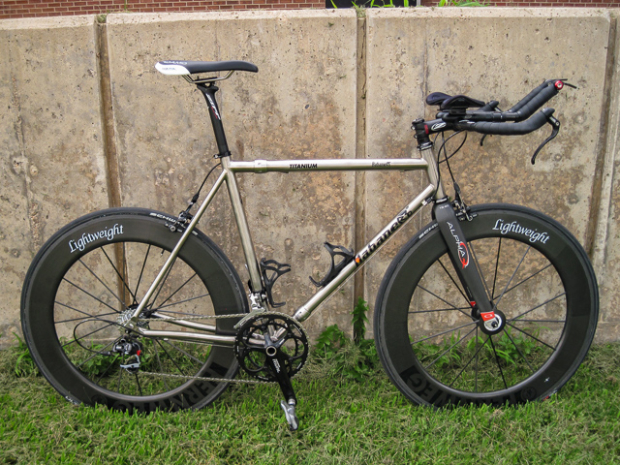
I used to have an S&S-equipped tri bike from Habanero Cycles, and traveled with it all over the country. Using careful packing, I once traveled to a full iron-distance race with only ONE checked bag (my bike and wheels) and two carry-ons (wetsuit, clothing, helmet, etc). This minimalist approach isn’t for everyone, and requires more advanced know-how to disassemble and reassemble a bike than what is required when using a larger traditional bike box. As such, we will focus our discussion today on using traditional bike boxes, which are all larger than the 62-inch limit.
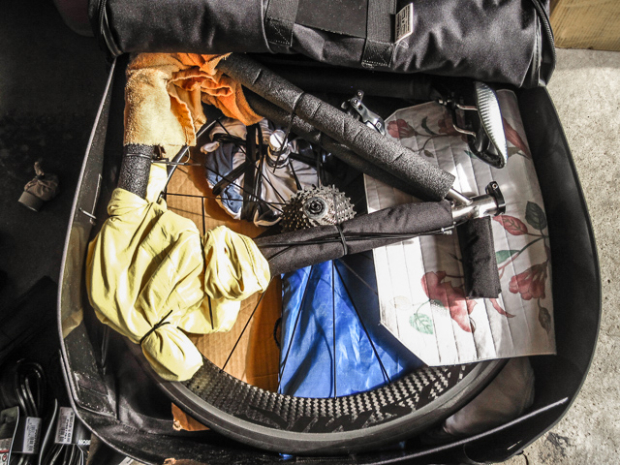
Above: My travel-ready S&S rig.
Delta Airlines
Delta is the most recent major airline to update their fees, eliminating the $150 specialty sports bag fee. This effectively ignores the dimensional limitation of 62 linear inches for special items like bicycles or golf bags. The new dimensional limit for such items is 115 linear inches, but keeps the old 50-pound weight limit (51-70 lb. bags get a $100 overweight fee). If your bike fits these limits, it is only subject to the standard bag fee rate of $30/$40 (1st/2nd). If you’re a high roller and have enough miles and status with Delta, your weight limit increases to 70 pounds.
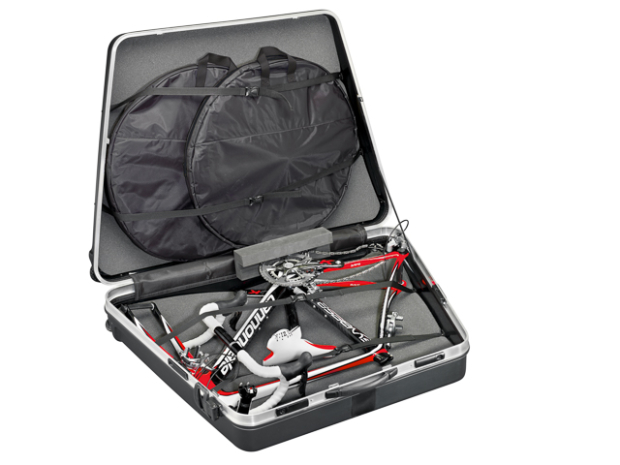
American Airlines
American Airlines adopted a nearly identical program several months ago, eliminating their $150 oversized bag fee for sports equipment and musical instruments. It ignores the 62-inch rule for such items, opting for limits of 126 linear inches and 50 pounds. If your bike box falls under these limits, you pay the standard bag fee of $30/$40 (1st/2nd). Bikes between 51 and 70 pounds get stung with the old $150 fee, so pack light.
American Airlines allows up to 70 pounds for first and business class bags, but it is unclear whether or not this applies to bicycles.
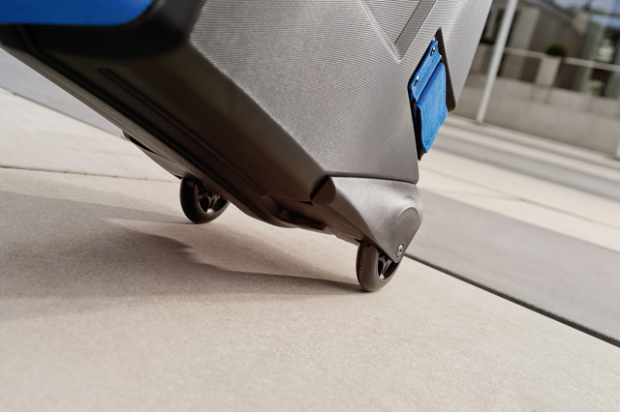
Southwest Airlines
Southwest is an outlier, still offering two free standard checked bags, provided that they’re under the 62-inch/50 pound limit. If your standard bag is 50-100 pounds or 62- 80 inches, it’s a $75 fee.
For bicycles, Southwest charges a flat $75 fee, and specifies that pedals and handlebars must be removed and packed safely. They do not specify a maximum size limitation, so we take that to mean any bike box will do. Their language also suggests that bike box weight over 50 pounds is covered under the $75 fee.
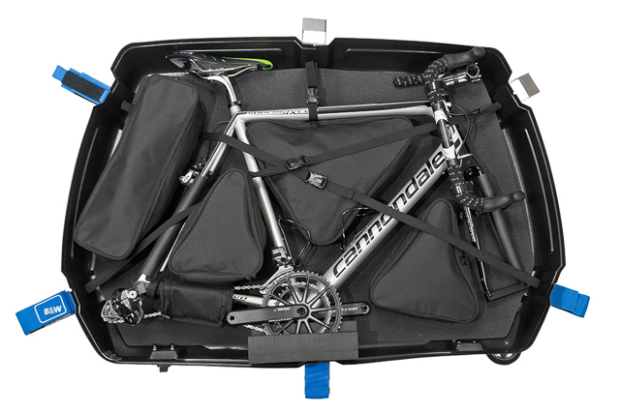
Photo © B&W International
United Airlines
United is the largest airline still clinging to the old system: Your bike costs $150 each way for domestic flights, and $200 each way for international. This covers a weight of 100 pounds and a maximum size of 115 linear inches. Any/all bags over 100 pounds or 115 linear inches will not be accepted. The only way to avoid the high fees on United is to use a bike with S&S couplers, or a similar system.
How should YOU fly?
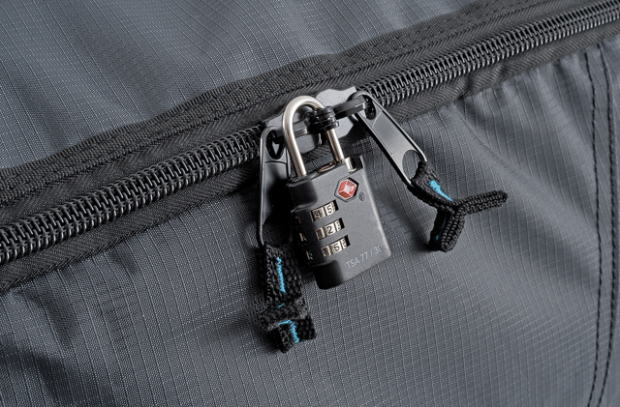
Photo © B&W International
There are a lot of good bike boxes out there, with soft-side and hard case options available. Regardless of which you choose, the most important thing is not to lock the box or case with a padlock because it will almost certainly get cut off by baggage inspectors. Or if you must use a lock, get your hands on some TSA-approved locks (pictured above), which can be opened using master keys by the TSA.
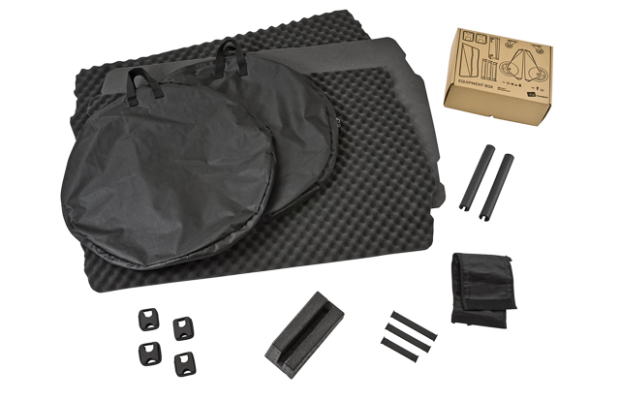
Regarding bag inspection, it is safe to assume that every bike box will be opened and inspected. I’ve flown with a bike well over a dozen times, using all types of cases, and can’t recall a single time that I didn’t open the box to find a notice of inspection from the TSA. The most salient piece of advice I can give to you is to keep your bike box as organized as possible, and with as much padding around the frame as possible. I use pipe insulation cut-to-fit for the frame members, and zip tie them into place (don’t forget to bring zip-ties for the return trip). I also put small accessories such as pedals, tools, and spare parts into large clear zipper bags, so the parts aren’t loose inside the bike case. Despite my fastidious preparation, I’ve still had damage occur, but only to accessories like my helmet and wheels (and, for the record, I’ve had damage occur with overland transportation services, too). No system is perfect, but you can limit your risk with good preparation.
Bike box technology and materials have advanced over the years, and my advice is to buy the lightest one that you can afford that fits your bike’s size requirements. Larger bikes are (obviously) harder to fit, as are those with tall integrated seat masts or other fixed objects that limit the ability to break down the bike.
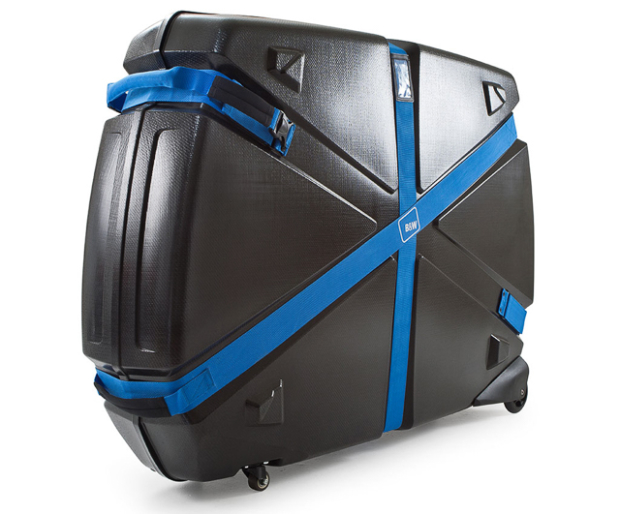
Photo © B&W International
A great example of a new-tech case is the reinforced polypropylene B&W Curv (above), claimed to be the world’s lightest full-sized hard case, at 24 pounds, including all packing materials. It’s up to 50% lighter than traditional ABS plastic cases, and leaves you with 26 pounds of excess weight to fill with your bike, wheels, and whatever else you can fit.
This video shows the packing of their Bike Case II, a somewhat larger and more traditional case, weighing a still-reasonable 26 pounds including all inside packing accessories.
I prefer these light-weight clamshell cases to those that attach the fork to the bottom of the case, like the Velo Safe series from Tri All 3 Sports. These cases can be easier to use because they require relatively less disassembly, but they are very large and can weigh up to 40 pounds, putting you over the 50 pound weight limit that will bump you into higher fees on most airlines.
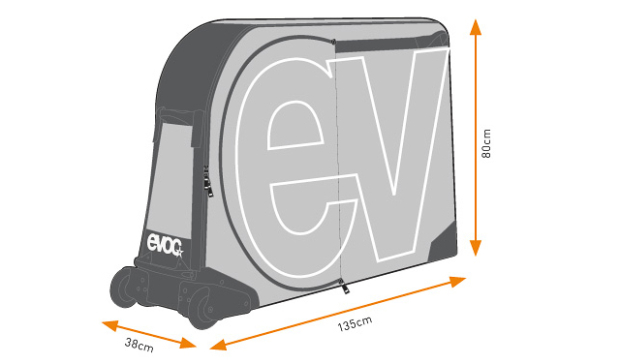
Photo © EVOC
You can rest assured that we didn't find a single case out there that doesn’t comply with the common limit of 115 linear inches for bike cases. Some might be oddly shaped, such as EVOC bags (above) or the parallelogram-style cases from B&W, but they meet the limit. To double check, just add up the length, width, and height of the longest edges. It also doesn't hurt to write this size on the outside of the box, so the information is close at hand at the ticket counter.
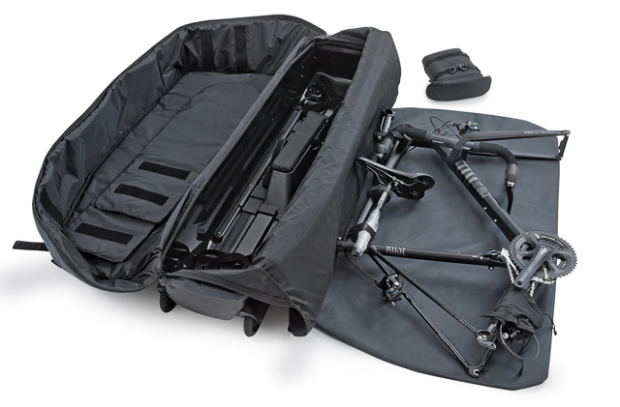
The new lower fees help airlines compete with overland delivery services like TriBike Transport, though I'd argue that nothing can compete with the convenience of such services. If I was still on the race circuit, I'd likely still use TriBike Transport where it's offered, and opt for a lightweight case when it's not available or for overseas travel.



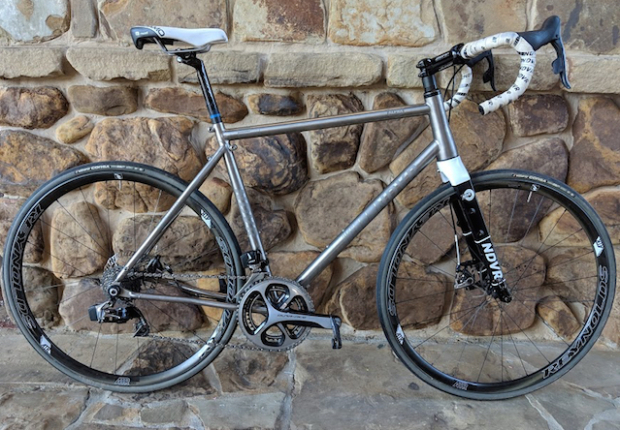

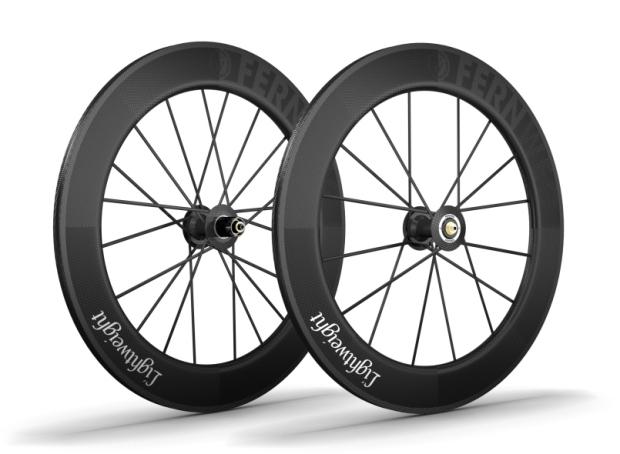

Start the discussion at forum.slowtwitch.com